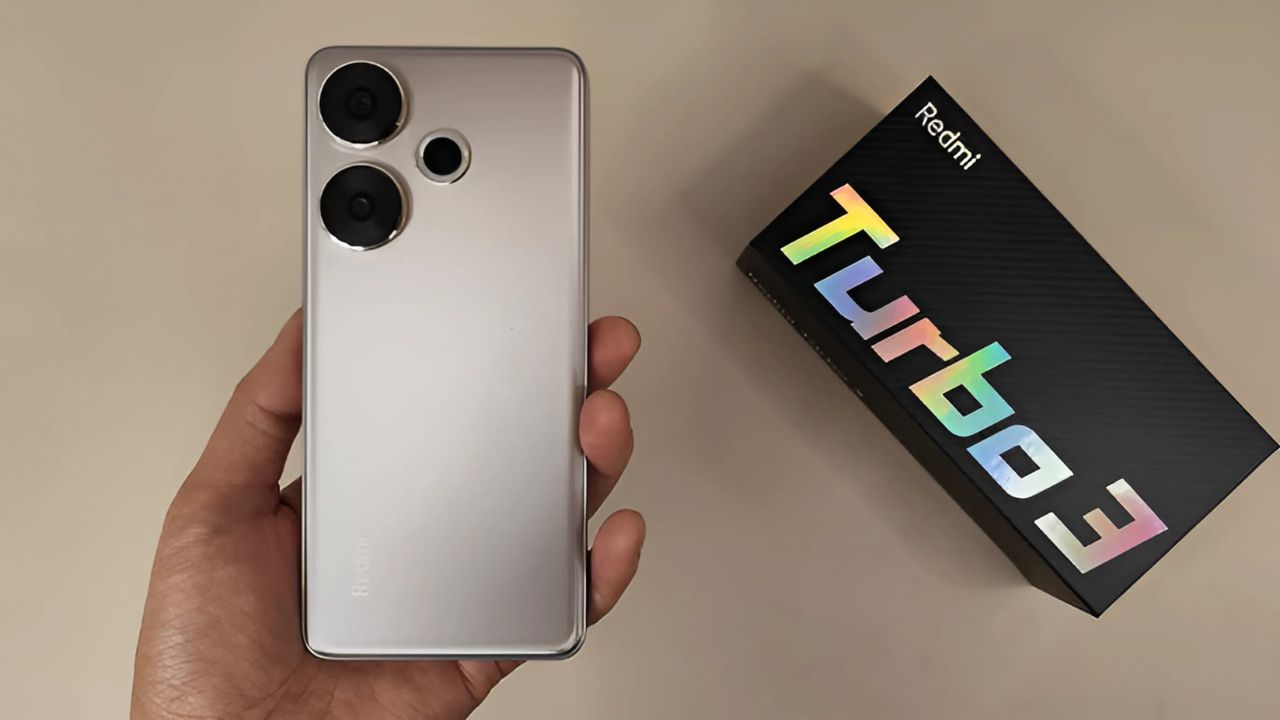In the ever-evolving landscape of smartphones, Xiaomi has once again proven its prowess with the launch of the Redmi Turbo 3. Released on April 10, 2024, this device aims to redefine the mid-range segment by offering flagship-level features at a competitive price point. Let’s delve into what makes the Redmi Turbo 3 a standout contender in the crowded smartphone market.
Key Specifications
Before we dive deeper, here’s a quick overview of the Redmi Turbo 3’s specifications:
| Feature | Specification |
|---|---|
| Display | 6.67″ AMOLED, 1220 x 2712 pixels, 120Hz |
| Processor | Qualcomm Snapdragon 8s Gen 3 |
| RAM | 12GB / 16GB LPDDR5X |
| Storage | 256GB / 512GB / 1TB UFS 4.0 |
| Main Camera | 50MP f/1.6 (wide), OIS |
| Additional Camera | 8MP (ultrawide) |
| Front Camera | 20MP f/2.2 |
| Battery | 5000mAh, 90W fast charging |
| Operating System | Android 14, HyperOS |
| 5G Support | Yes |
| Weight | 179g |
| Dimensions | 160.5 x 74.4 x 7.8 mm |
Design and Display
The Redmi Turbo 3 boasts a sleek design with dimensions of 160.5 x 74.4 x 7.8 mm and weighs just 179g, making it comfortable for one-handed use. The device features a 6.67-inch AMOLED display with a resolution of 1220 x 2712 pixels, offering a crisp and vibrant visual experience. The 120Hz refresh rate ensures smooth scrolling and responsive touch interactions, while the peak brightness of 2400 nits guarantees excellent visibility even under direct sunlight.
Protected by Corning Gorilla Glass Victus, the display is built to withstand everyday wear and tear. The phone also boasts an IP64 rating for dust and water resistance, adding to its durability.
Performance Powerhouse
At the heart of the Redmi Turbo 3 lies the Qualcomm Snapdragon 8s Gen 3 chipset, a high-performance processor that brings flagship-level capabilities to the mid-range segment. This octa-core CPU features a prime core clocked at 3.0 GHz, four performance cores at 2.8 GHz, and three efficiency cores at 2.0 GHz, ensuring a perfect balance between power and efficiency.
Coupled with up to 16GB of LPDDR5X RAM and UFS 4.0 storage (available in 256GB, 512GB, and 1TB options), the Redmi Turbo 3 promises smooth multitasking and quick app launches. The device also supports virtual RAM expansion, allowing users to allocate up to 12GB of additional RAM from the storage.
Camera Capabilities
Photography enthusiasts will appreciate the Redmi Turbo 3’s camera setup. The main 50MP sensor, featuring an f/1.6 aperture and optical image stabilization (OIS), promises excellent low-light performance and sharp, detailed images. This is complemented by an 8MP ultrawide camera, offering versatility in capturing landscapes and group shots.
For selfie lovers, the 20MP front-facing camera, housed in a punch-hole cutout, ensures high-quality self-portraits and video calls. The camera system is backed by Xiaomi’s AI algorithms, enhancing features like night mode, portrait shots, and HDR processing.
Battery Life and Charging
The Redmi Turbo 3 is powered by a substantial 5000mAh battery, which should easily last through a full day of heavy usage. When it’s time to recharge, the 90W fast charging capability promises to bring the battery from 0 to 100% in just about 30 minutes, addressing one of the most common pain points for smartphone users – battery anxiety.
Software and User Experience
Running on Android 14 with Xiaomi’s new HyperOS overlay, the Redmi Turbo 3 offers a fresh and intuitive user experience. HyperOS is designed to be more lightweight and efficient compared to its predecessor, MIUI, promising smoother performance and better battery optimization.
The device comes with several AI-enhanced features, including smart home controls, advanced privacy protection, and personalized user experiences that adapt to individual usage patterns.
Connectivity and Additional Features
As a modern smartphone, the Redmi Turbo 3 is fully equipped for the 5G era, supporting a wide range of 5G bands for global compatibility. It also features Wi-Fi 6, Bluetooth 5.4, and NFC for contactless payments.
Audio enthusiasts will appreciate the stereo speakers with Dolby Atmos support, offering an immersive sound experience. The device also includes an IR blaster, a feature that’s becoming increasingly rare in smartphones, allowing users to control various home appliances.
Market Position and Competition
Priced competitively at around 260 EUR, the Redmi Turbo 3 positions itself as a strong contender in the upper mid-range segment. It competes directly with devices like the Realme GT Neo 5 SE, OnePlus Ace 2V, and even challenges some lower-end flagship models.
Conclusion
The Redmi Turbo 3 represents Xiaomi’s commitment to bringing high-end features to the mid-range market. With its powerful processor, versatile camera system, fast charging capabilities, and competitive pricing, it offers an compelling package for users who want premium features without the flagship price tag.
As smartphone technology continues to evolve, devices like the Redmi Turbo 3 play a crucial role in democratizing advanced features and pushing the boundaries of what consumers can expect from mid-range phones. Whether it’s for gaming, photography, or everyday multitasking, the Redmi Turbo 3 seems poised to deliver a flagship-like experience at a fraction of the cost.
While long-term performance and real-world usage will ultimately determine its success, the Redmi Turbo 3 has certainly set a high bar for mid-range smartphones in 2024. As competition in this segment intensifies, consumers stand to benefit from the increasing value proposition offered by devices like the Redmi Turbo 3.
